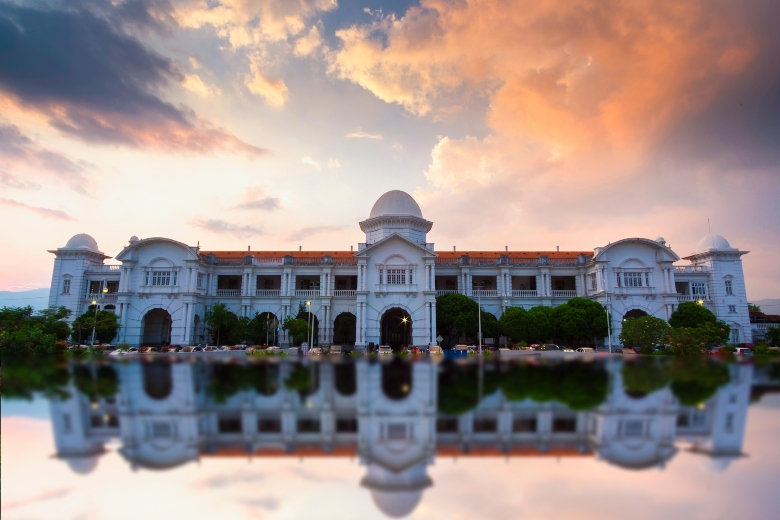
Take a trip to the Malaysian city of Ipoh and be sure to leave feeling cleansed and refreshed.
Famous for its collection of cave temples, golden pagodas and Chinese heritage; expect to be whisked up in a whirlwind of cultural entwinement with spirituality at the forefront.
As one of the country’s lesser-known cities, you will have more time to uncover Ipoh’s culture with a sparsity of tourist traps.
These are the 11 best things to do:
Sam Poh Tong Cave Temple
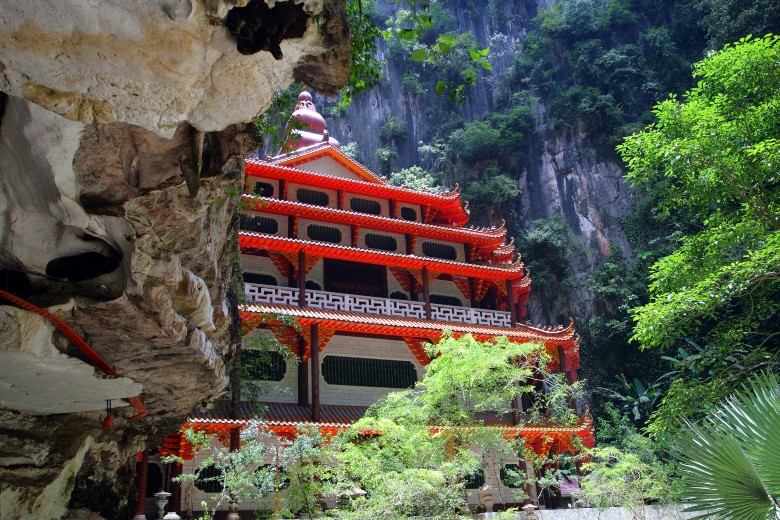
Quite possibly the most famous cave temple in Malaysia and undoubtedly in Ipoh, Sam Poh Tong is worth a visit for its outstanding size and longest history in the city.
You will be blessed with a staggering array of natural and manmade features, so take your time to soak them all up. The Chinese temple follows the Buddhist faith and displays its religion in the eyes of Chinese and Buddhist legend.
Its zen garden is a favourite of many to sit back and relax and maybe release a turtle or two into the turtle pond for good luck.
Take a moment to admire the temple’s vivid sloped roofs, mythological dragon figurines and airy rock gardens.
Kek Lok Tong Cave Temple
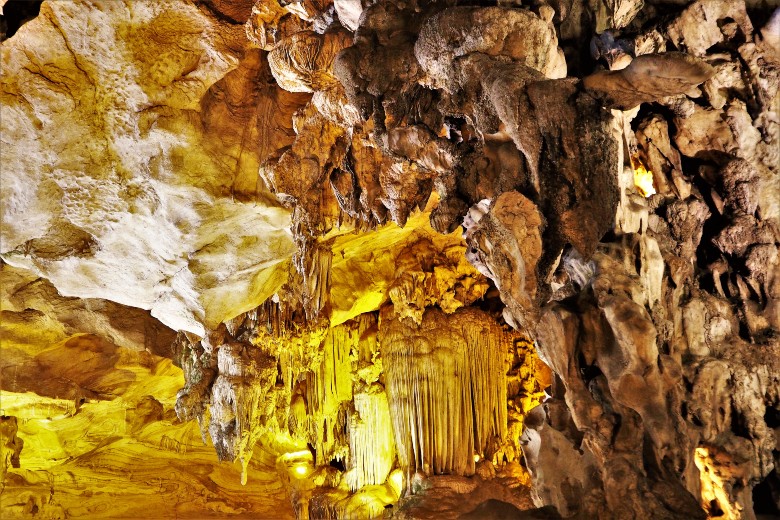
A visit to Kek Lok Tong is essential for everyone in the city, as temple visits are one of the top attractions in Ipoh.
The cave temple is renowned for the enchanting rock formation it is housed inside and is one of the proudest attractions the city has to offer. More exquisite than any elaborate artwork found in other places of worship, just taking a step inside the 12-acre caves makes a giant impact.
Keep your eyes open for ceiling-high stalagmites and age-old weather damage. Climb the steps to the dazzling altarpiece, which is decorated with golden deities of Buddhist and Chinese roots.
Zen out in the gardens nestled between forested limestone cliffs. Trek around the pond-side and be greeted by figures of deities. And stumble across tranquil lakes and streams.
Don’t pass up the chance to slip off your shoes for some mind, body and spirit healing along the pebbled reflexology path. Simply look out for the yellow feet indicator.
Birch Memorial Clock Tower
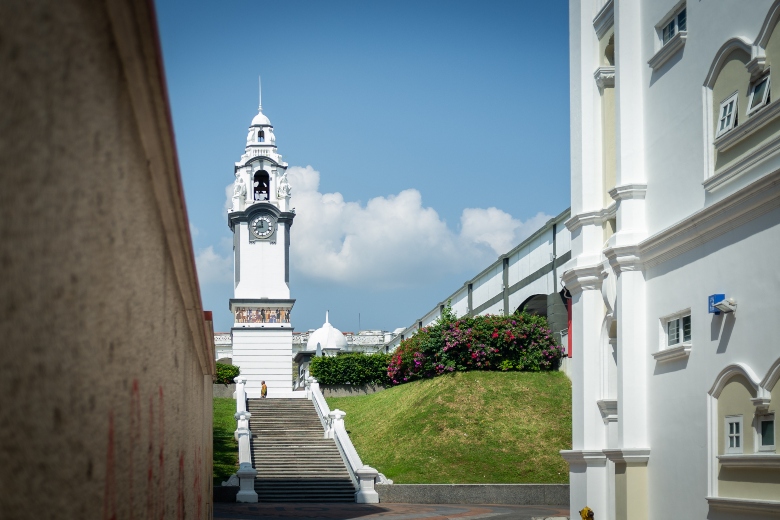
If you want to discover Britain’s influence on Ipoh, head to the city centre’s iconic clock tower. Built at the beginning of the 20th century, this location is well-liked by both locals and tourists.
Pay attention to the references to Britain and its government, in memory of the assassinated J.W.W Birch – one of the first people to live in Ipoh.
Standing tall along the Ipoh Heritage Trail, come here to encounter the figures around the top that represent the 4 fundamental British values: democracy, law, respect and freedom.
A tiled mural featuring 44 important historical figures from 4 distinct periods of civilisation lies around the memorial sides. Amongst them are characters from the Stone Age through to Ancient Egypt, as well as familiar faces like William Shakespeare, Plato and Michelangelo.
Take time to analyse the artwork and see how many references you can make and discover some new ones.
Ling Sen Tong Temple
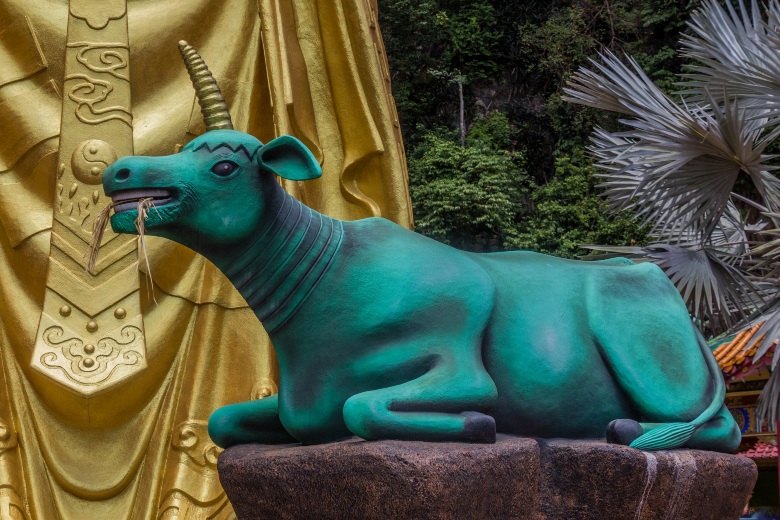
Just around the corner from Sam Poh Tong is the third cave temple worth visiting, Ling Sen Tong. Upon arriving, it isn’t hard to see why the name translates to Rock of the Heavenly Spirits.
It is notorious for its decorative archways and statues that scatter the grounds. This underground marvel features calcium salt formations to make your eyes pop. See the marvellous Chinese creatures and gods that tower in the garden between ethereal blossom trees.
Free of charge, explore the legends that perch at the foot of the oldest functioning road in Malaysia, like a museum of Taoism. Spot the 4 heavenly kings resting on the rooftop and wander through the pond garden at its heart.
Kellie’s Castle
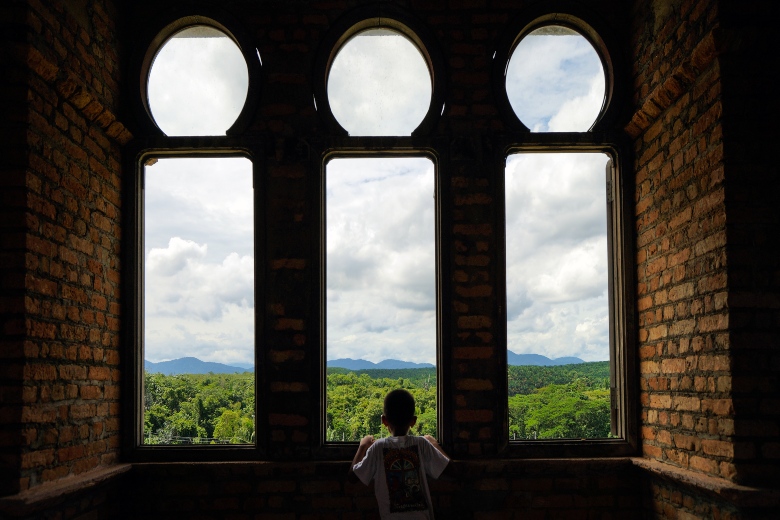
The unfinished 20th-century mansion, perched on the Raya riverbank, has quickly become one of the biggest attractions in the city.
See a new side of Ipoh heritage in this Indian-Scottish mingling of architecture. Since the affluent rubber plantation owner passed away, William Kellie-Smith’s former home has not been allowed to go to waste.
The meticulously-planned mansion, popular with wedding photoshoots, architects and photographers, makes an epic space to explore the life of the former wealthy in Ipoh.
There are countless details to look out for, like the glamorous Italian tiles and Indian marble. Idyllic keyhole corridors show off the Indian influence, while the rooftop boasts views of the immaculate gardens and neighbouring plantations.
Look out for the 6-floor tower which was set to have Malaysia’s very first lift, prior to the death of the former inhabitants.
If you’ve got thick skin, visit at night when rumoured sightings of the family’s spirits roam the hallways.
Gua Tempurung
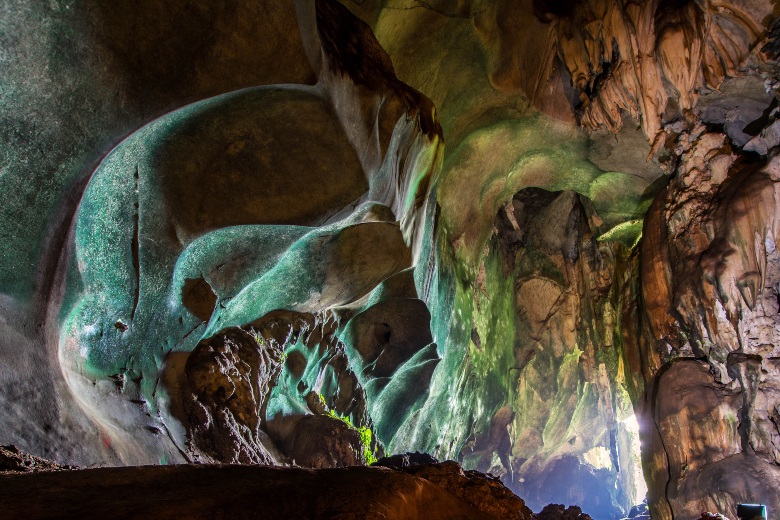
If you’ve learnt anything from visiting Ipoh’s temples, it’s that the city boasts some incredible caves. If you’re up for more caving, Gua Tempurung is the series of limestone wilderness you need.
Recommended for those in shape for uneven footing (as is), Gua Tempurung is the longest series of caves in Ipoh and has dozens of heart-racing routes to venture through.
Believed to have been around during 8000 BC, this ancient subterranean wonderland will take you on an adventure and a half. Whether it’s the colossal stalactites or low belly crawls that get you going, there’s something to satisfy every thrill seeker’s palette.
Various tours run through Tempurung offering something even beginners can get in on. Helmets and headlights are available for rent. And be sure to check the sign-ups for extra items to bring since some require a change of clothes.
Dim Sum
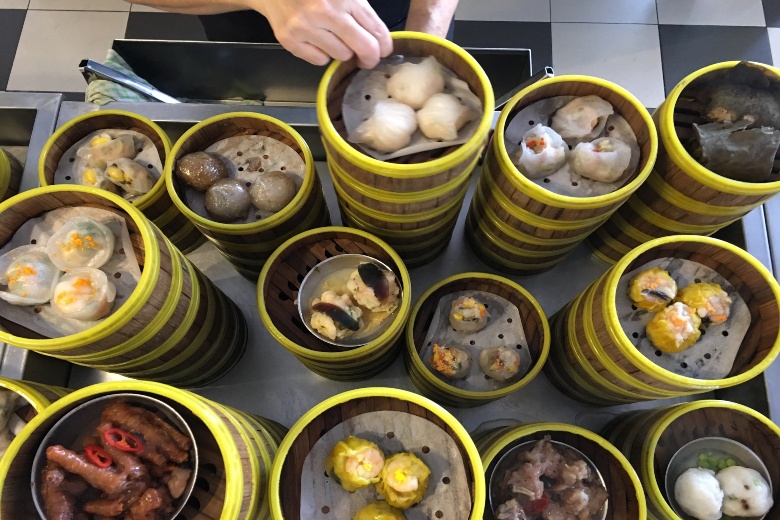
While Ipoh takes architectural influence from China, you might not have considered its impact on cuisine.
The city is honoured for its delectable dim sum scene, even flourishing an entire street dedicated to the Asian staple. Head to Jalan Leong Sin Nam when you feel yourself getting peckish. You will not regret it!
Practical at any time you feel like a light bite, but most popularly opted for at brunch, make your choices from a variety of moreish filling choices like steamed prawns and vegetables or spring rolls.
Much like Spanish tapas, dim sum is best eaten in groups (though alone works great too!) for optimal selection.
The best dim sum restaurants can all be found in Jalan Leong, such as Canning Dim Sum and Ming Court Restaurant where you can pick and choose from the dishes brought to your table.
Perak Tong Cave
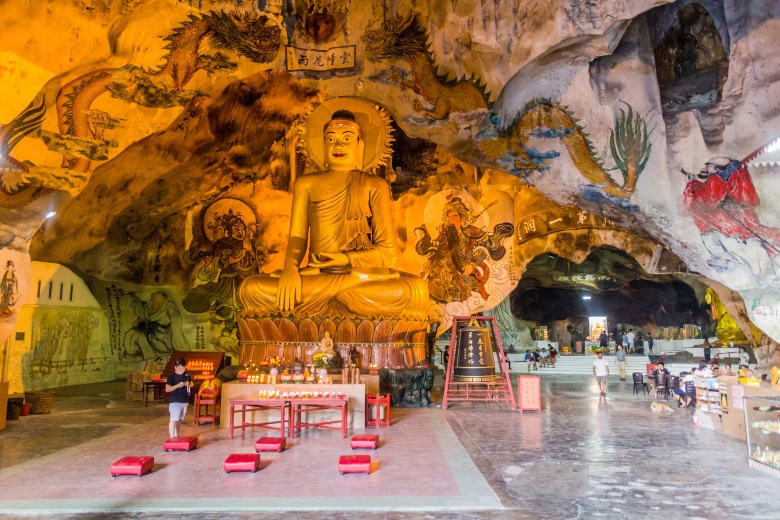
For quite possibly the largest Buddha statue you’ve ever seen, you must check out Perak Tong Cave and its 40-foot golden figure.
As one of the most famous caves in the city, it is worth letting your eyes gaze over the detailed cave murals and traditional red calligraphy inside, which are fascinating to examine.
Head outside for phenomenal hilltop cityscapes you’ll wish you could take a picture of in your mind. While the steps up require some degree of experience, the views make the wrestle to the top more than worth it.
Plus, it is possible to get great views from climbing just as much as you can handle. Equally, the bright orange pavilions scattered up the hill make for ravishing lookout spots.
Heritage Trail
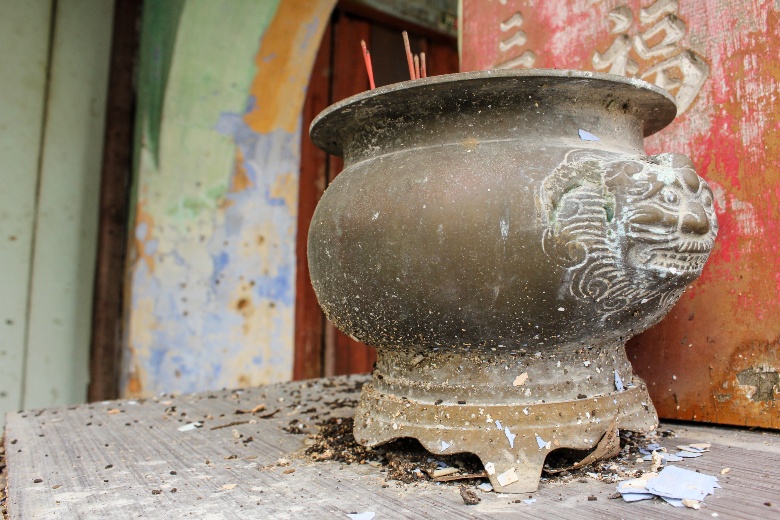
Uncover the old town heritage of Ipoh’s former mining community with 24 places of interest.
Use the online guide to explore the landmarks at your own pace, or join the group tour which sets off from Ipoh Town Hall daily at 8 am.
Along the way, there are plenty of interesting colonial buildings, like the “Taj Mahal of Ipoh” – the Ipoh Railway Station and the courthouse.
Keep your eyes wide for astonishing street art murals and don’t miss the chance to stop for coffee along the way! Ipoh’s white coffee is a godsend for bean aficionados thanks to its unique roasting techniques that leave the coffee tasting less bitter and appearing lighter.
In total, the walk takes about 2 hours, without stopping time. It works well for getting to know the city a little better and highlighting the focal points of the old town.
Kwan Yin Tong Temple
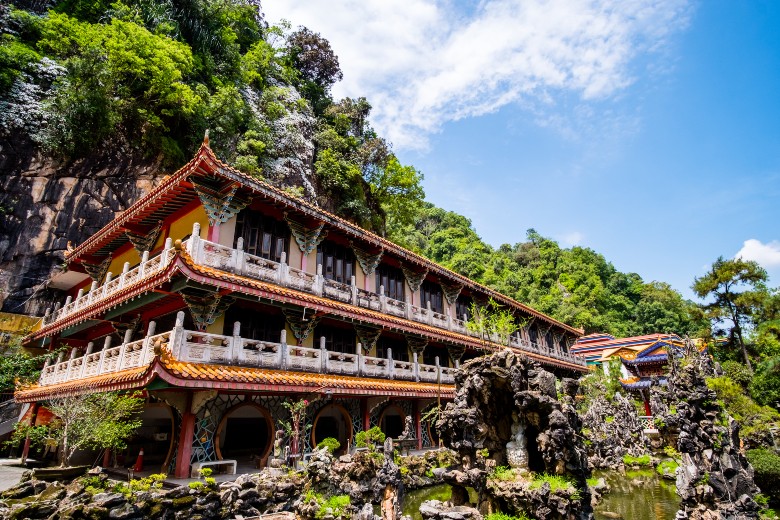
Lying at the top of an iconic limestone rock is a temple known for its 75 references to the Goddess of Mercy, Kwan Yin.
Guanyin Cave on Gunung Rapat shows you the tale of the Buddha through an endearing mural of palatable size. As the second oldest cave temple in Ipoh, it isn’t surprising that a visit to Kwan Yin comes paired with a truckload of history.
Head here to witness the locals practising their faith. Cross the limestone floor 20 metres deep into the cave to see the largest of the statues towering over the altar.
Write a message for the wishing tree and throw it as high up as you can. The higher the branch it lands on, the more likely your wish is to come true! If it doesn’t stick after 3 attempts, it might be that your desires are too greedy.
The short hike up to the top offers great views, so take your time with it.
Han Chin Pet Soo Museum
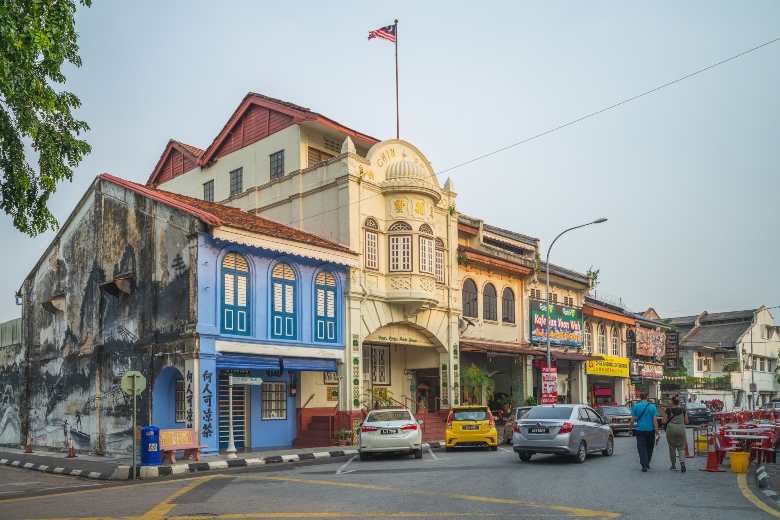
Ipoh is renowned for its history of being the home of the world-leading tin mining industry. Learn all about its Chinese Hakka heritage at the Han Chin Pet Soo Museum.
As the best placer to discover this end of the culture, explore everything from the Legend of the Four Evil Spirits that sent miners to their doom in mining collapses, to the names and faces of the leading Hakka community.
See lifesize sculptures of the miners going about their life and work. It is fascinating to see which parts of the cultures blend and how the labourers lived out their lives.
While membership is necessary to enter the museum and enjoy a tour of the galleries, registering online is easy and free.
The entrance to the museum is between 9 am and 3.30 daily; closed Mondays.



